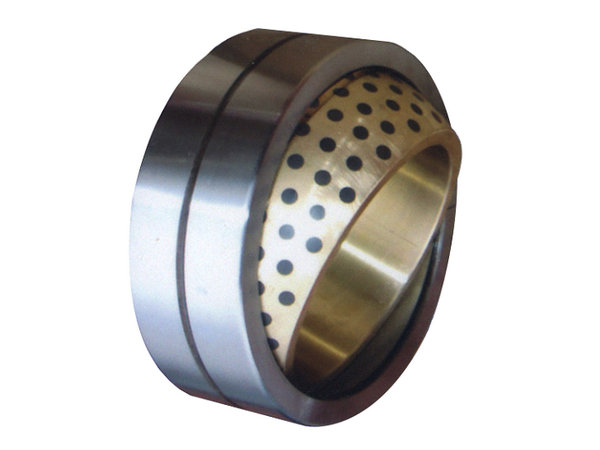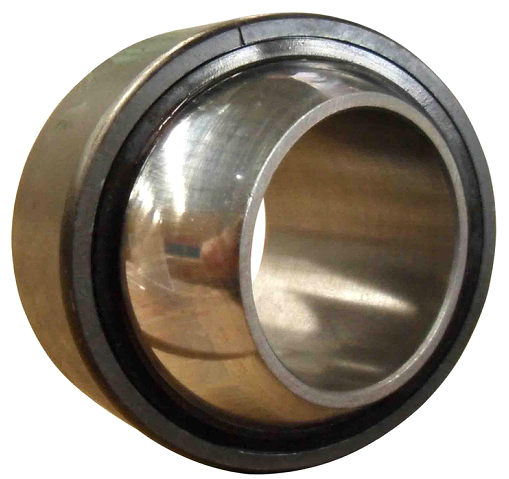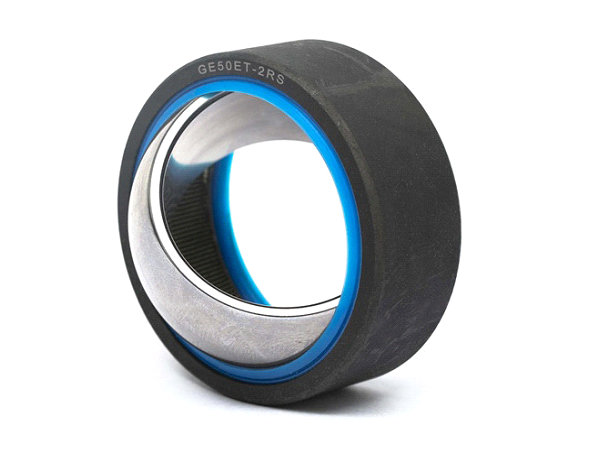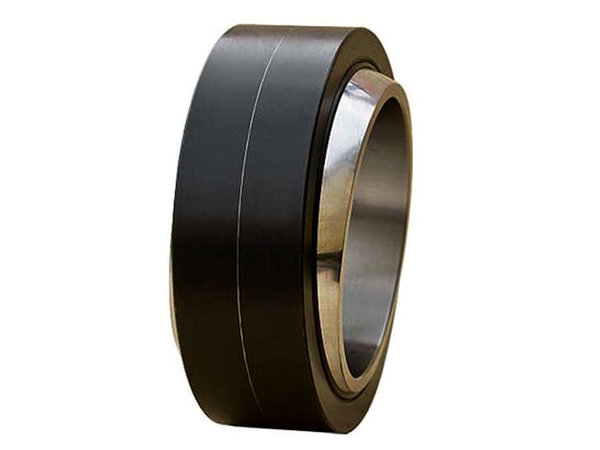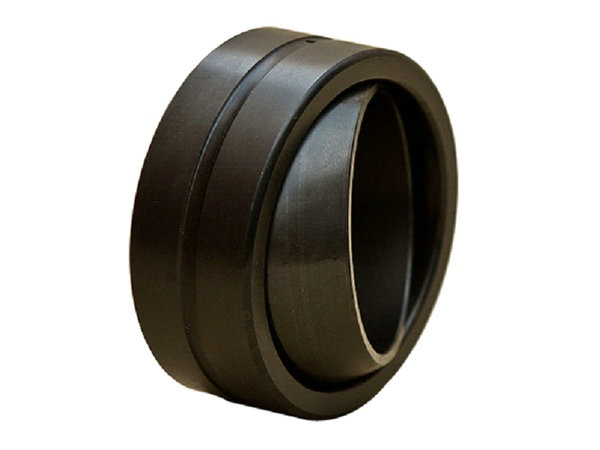How many kinds of copper sleeve materials, what are their characteristics?
2018-03-26
What are the copper sleeve materials? Which one is the best choice for copper jacket material? Copper bushings are also known as "copper bearings." Copper sleeves are generally divided into graphite copper sleeves and self-lubricating copper sleeves. The copper bushing is an integral sliding bush made of copper alloy material. The copper bushing has the characteristics of "high hardness, excellent wear resistance, hard to cause seizure", in addition there are better sliding bearing copper alloy bushings for casting and cutting performance, in atmospheric and light brass bushings The water has good corrosion resistance. Therefore, copper jackets are deeply loved by people. So what are the copper sleeve materials? Which copper sleeve material is best? We are not in a hurry. We have not yet answered everyone.
How many types of copper sheath materials do they have? Copper jacket material types: Copper jacket material is divided into brass and bronze.
1. Brass is a copper alloy with zinc as the main alloying element. According to the bronze cloth hole bearing chemical composition, brass is divided into ordinary copper and special brass.
(1) Ordinary brass is a copper-zinc binary alloy. Due to its good plasticity, it is suitable for the production of plates, rods, wires, pipes and deep-drawn parts such as condenser pipes, heat pipes and mechanical and electrical parts. Copper with an average content of 62% and 59% brass can also be cast, known as cast brass.
(2) Special brass In order to obtain higher strength, corrosion resistance and good casting performance, special elements such as aluminum, silicon, manganese, lead, and tin are added to the copper-zinc alloy to form a special brass. Such as lead brass, tin brass, aluminum yellow copper, silicon brass, manganese brass. Lead brass has excellent cutting performance and good wear resistance. It is widely used in the manufacture of watch parts, casting bushings and copper sleeve bushings. Tin brass has good corrosion resistance and is widely used in the manufacture of sea ship parts. Aluminum in aluminum brass can increase the strength and hardness of brass and increase the corrosion resistance in the atmosphere. Aluminum brass is used to make corrosion resistant parts. Silicon in silicon brass can improve the mechanical properties of copper, corrosion resistance of wear resistance, silicon brass is mainly used for manufacturing sea-ship parts and chemical mechanical parts.
2. Bronze originally referred to copper-tin alloys, but it is customary in the industry to claim that copper alloys containing aluminum, silicon, lead, antimony, manganese, etc. are also bronze, so bronzes actually include tin bronze, aluminum bronze, beryllium bronze, silicon bronze, Lead bronze and so on. Bronze is also divided into pressure-processed bronze and cast bronze.
(1) Beryllium bronze A copper alloy based on bismuth is called bismuth bronze. Beryllium copper content of 1.7% to 2.5%. Beryllium bronze has high elastic limit and fatigue limit, excellent abrasion resistance and corrosion resistance, good electrical conductivity and thermal conductivity, and non-magnetic properties and no spark when subjected to impact. Beryllium bronze is mainly used for the production of important springs for precision instruments, clock gears, beryllium bronze bearings for high-speed high-pressure operation, bushings, and welding machine electrodes, explosion-proof tools, and navigation compasses.
(2) Tin Bronze Copper-based alloys containing tin as the main alloying element are called tin bronzes. Tin bronze used in industry, tin content is mostly between 3% to 14%. Tin content of less than 5% tin bronze is suitable for cold working; tin bronze with tin content of 5% to 7% is suitable for hot working; tin bronze with tin content of more than 10% is suitable for casting. Tin bronze is widely used in shipbuilding, chemical, machinery, instrumentation and other industries. It is mainly used to manufacture wear parts such as tin bronze bearings, copper bronze bushings, bushings, springs, and other elastic components as well as anti-corrosion and diamagnetic parts.
(3) Aluminum bronze Copper-based alloys with aluminum as the main alloying element are called aluminum bronzes. Aluminum bronze has higher mechanical properties than brass and tin bronze. The actual application of aluminum bronze has an aluminum content of between 5% and 12%, and aluminium bronze with a 5% to 7% aluminum alloy has the best plasticity and is suitable for cold working. When the aluminum content is more than 7% to 8%, the strength increases, but the plasticity decreases drastically, and therefore, it is mostly used in an as-cast state or after hot working. The wear resistance of aluminum bronze and its corrosion resistance in the atmosphere, seawater, seawater carbonic acid and most organic acids are higher than that of brass and bronze. Aluminium bronze can produce gears, aluminum bronze bushings, bushings, worm gears and other high-strength anti-wear parts and high corrosion resistance elastic components.
1. Bearings generally refer to simple, small-sized plain bearings, which are often used in places where they are not important or where work is required for a short period of time. It can be made of copper powder metallurgy or directly made of copper. It has a simple structure, low noise, and strong impact resistance. Copper powder metallurgy or internal embedded linoleum do not have to be often lubricated and less maintenance. The disadvantage is that the resistance is large, especially the static friction coefficient and the dynamic friction coefficient are quite different. It is easy to vibrate and cannot be used in a precise place. And easy to wear. Sliding bearings are used on equipment that is high speed, heavy load, and inconvenient to install rolling bearings, that is, where the PV value is large (the product of pressure and speed), and the level of accuracy is not the main reason for choosing the two. Such as steam turbines, turbines, engine crankshaft. . Rolling bearings can be used instead of plain bearings on other machines. Because it is a prerequisite for the formation of a power lubricant film, it depends on the accuracy of the bearing bush. Far from being able to process in general enterprises.
2. The copper bushing does not necessarily have low precision, and the treated copper hardness is still good. And many precision instruments also use copper. Copper bushings generally use poor environment, low speed, high load, and high vibration. Rolling bearings are generally used in applications where high speed requirements, good lubrication conditions, and high operating accuracy are required. Copper bushings are generally used for sliding bearings and have the advantages of strong bearing capacity, low noise, low vibration, strong vibration absorption capability, long service life, etc. However, the large axial size requires a large installation space.
3, rolling bearings are already standard parts, procurement is convenient, maintenance is simple, the installation space is small, but the carrying capacity is weak, and the ability to withstand impact is poor.
Hunan Jintai Hardware and Machinery Co.,Ltd. is a professional manufacturer on various kind of bearings over 15 years China factory.
We are making all kinds of slide bearings including DU PTFE composit bushing, DX POM composite bushing,bimetal bushing,wrapped bronze bushing, cast sliding bushings and wear plate bearing pad, sintered bronze bushing and sintering parts, ball transfer bearings, etc.
The shapes of bearings can be in sleeve, flanged, spherical, plate, washer, pad, ring, square etc.
Base materials in carbon steel, harden steel, iron, stainless steel, bronze, brass, copper, bronze-steel alloy.Lubricant materials in PTFE, teflon, POM, nylon, plastic, oil, graphite, grease, MoS2, etc.
Export to America,Canada,Brazil,Peru,Argentina,Chile,Paraguay,Europe,Finland,France,Germany,Italy,Spain,Sweden,
Britain,Estonia,Ukraine,Turkey,Austrial,Russia,Korea,Malaysia,Singapore,Thailand,Egypt,Kenya,Somali,
Congo,Zimbabwe,South Africa,etc.












 (Chat Online)
(Chat Online)
